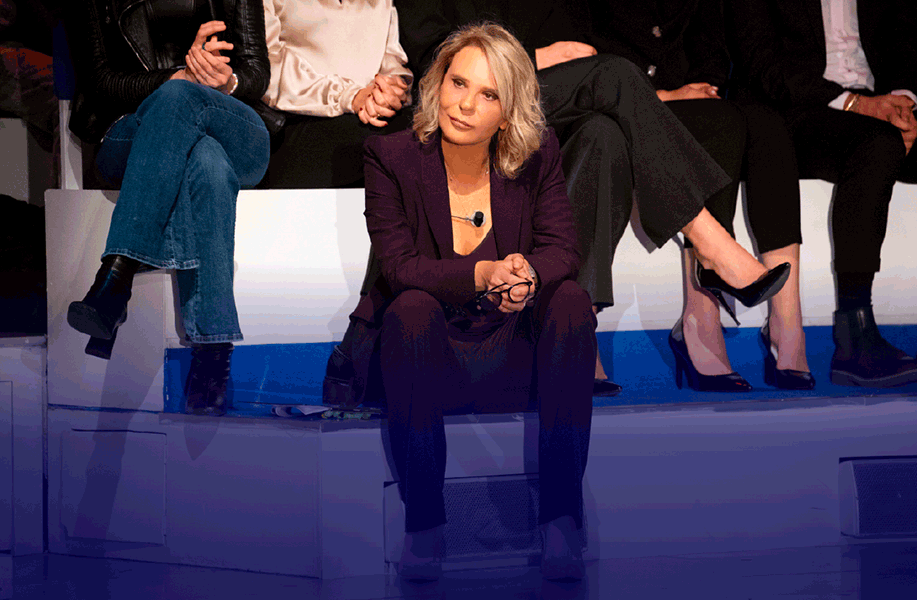Let's see how it works: in the morning, there will a first release dedicated to the linear TV.
Each morning, the audience data for traditional linear TV broadcasts will be released, providing the initial snapshot of how many people tuned in during the live airing of programs.
In the afternoon there is a second release dedicated to the multi-device data: this second set of data includes viewership from other devices, such as:
smartphones, tablets, PCs, smart TVs and other connected devices.
This additional data captures views from catch-up services, streaming platforms, and apps, offering a fuller picture of total program engagement.
Each morning, the audience data for traditional linear TV broadcasts will be released, providing the initial snapshot of how many people tuned in during the live airing of programs.
In the afternoon there is a second release dedicated to the multi-device data: this second set of data includes viewership from other devices, such as:
smartphones, tablets, PCs, smart TVs and other connected devices.
This additional data captures views from catch-up services, streaming platforms, and apps, offering a fuller picture of total program engagement.
Why the Change?
The traditional audience measurement system, focused solely on linear TV, no longer reflects the reality of modern media consumption. Viewers are increasingly using digital platforms to watch live or on-demand content, sometimes hours or even days after the original broadcast. The TV Total Audience system ensures these behaviors are accurately captured, creating a single, unified audience figure for each program.
Benefits:
Advertisers: Gain a clearer understanding of the total reach of their campaigns across all platforms, improving targeting and ROI.
Broadcasters: Better assess program performance and the value of their content in the digital era.
Viewers: Programs watched outside of traditional broadcast windows will now contribute to audience numbers, reflecting real engagement trends.
This change aligns Italy with similar advancements in audience measurement globally, where multi-platform tracking has become the standard. The shift to TV Total Audience represents a critical step toward acknowledging the complexity of modern viewing habits and ensures that all devices and viewing methods are equally valued in the measurement landscape.










